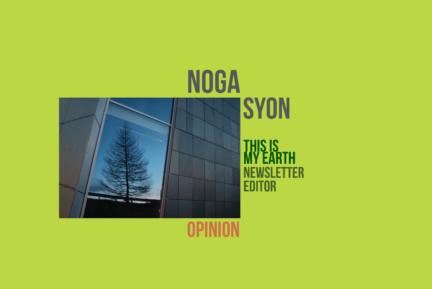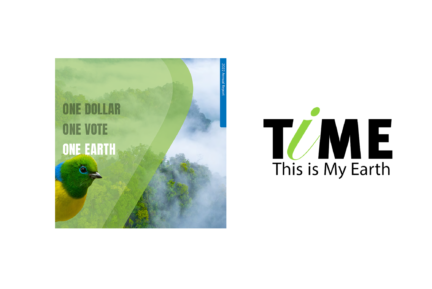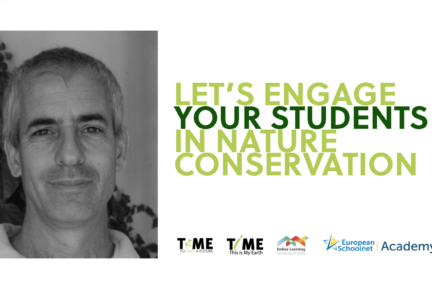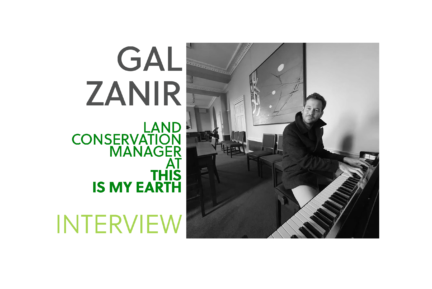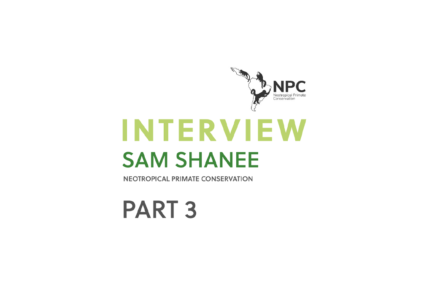A new frog species has been described from the tropical Andes of Ecuador and named after J.R.R. Tolkien, the author of famous works of fantasy literature. The Tolkien frog lives in the tropical Andes region, not very far from one of our first success stories in conservation.
The Río Negro stream frog is home of an extraordinary and unique creature, the Hyloscirtus tolkieni, a rare frog species. Perhaps it’s because of its colors or because they found the frog in the waters of the black river, but Tolkien’s discoverers decided to name the frog after the author of The Hobbit and The Lord of the Rings.
“The new species of frog has amazing colors and it would seem that it inhabits a universe of fantasies, like those created by Tolkien,” Diego F. Cisneros-Heredia
Diego F. Cisneros-Heredia, director of the Museum of Zoology at San Francisco de Quito University and co-author of a study describing the species
The three scientists who have described this amphibian —Sánchez, Falcón and Cisneros— are followers of J.R.R. Tolkien —says one of them— so it was not difficult to decide the name that the new species would bear.
“All of us who were describing the little frog like The Lord of the Rings, so we gave it the name in reference to a very good literary work. This little frog alludes to all these fantastic creatures and mythological beings that are not only in fairy tales and literature, but are alive and we have to protect them”, says Falcón.
The description of the Hyloscirtus tolkieni frog was published in January 2023 in the scientific journal Zookeys. In the academic article “A new current tree frog of the genus Hyloscirtus (Amphibia, Hylidae) from the Río Negro-Sopladora National Park, Ecuador”, scientists detail the characteristics of this new species for science.
In addition, naming a new species with a name known to the general audience can promote conservation efforts. Publicizing the work of scientists in remote and wild areas and its importance in the fight against climate change and extinction is vital. For this reason, discoveries like Tolkien’s have a fundamental added value.

Tolkien’s love of nature, also in the Tropical Andes
Tolkien loved nature and devoted much of his life to vindicating it. He used literature, but he also painted. His love of trees and hiking led him to create fantastic and accurate maps. And magical beings.
In his imagination, good creatures have a healthy relationship with the natural world. They respect the rules of the nature and learn from it, in an almost perfect symbiosis. On the other hand, evil and black creatures use nature to achieve their goals. They do it with industrial means, mistreating the ecosystems and overexploiting the available resources. Think of Saruman building an army and cutting off every tree of one of the oldest forest of Middle-Earth. Think of the black and devastated region of Mordor, where no live thrives. Many have seen in Tolkien an allegory of the excessive progress of the 20th century and a claim for a life more aligned with the environment.
This makes sense. Tolkien had a conservationist mind. Many essays such as Ecology in Middle-Earth by Patrick Curry or Tolkien and Nature, published by the Tolkien Estate prove that. Over the years, Tolkien developed “a profound feeling for natural peace”. In fact, in The Lord of the Rings, the story takes in bioregions, fauna and flora, geology, ecosystems, and weather.
“The truth is that the tropical Andes are true magical ecosystems. Some of the most wonderful species of flora, fungi and fauna in the world are present,” adds Cisneros-Heredia.

The Tropical Andes area was also partially saved by This is My Earth. Our first project took place in El Toro Forest, in 2016, with our good friends from Neotropical Primate Conservation. Tolkien frog lives in the tropical Andes region, where biodiversity is at stake.











